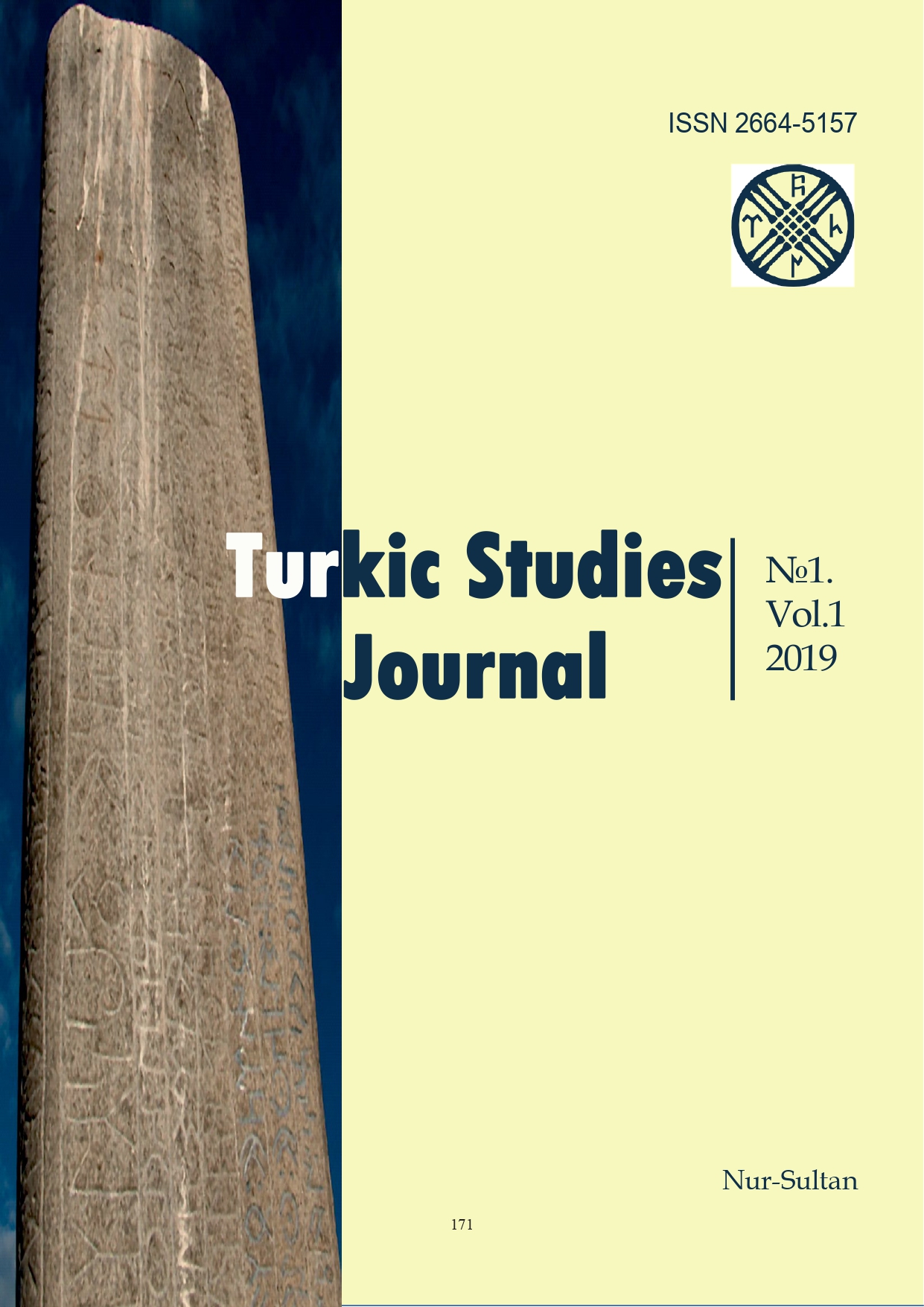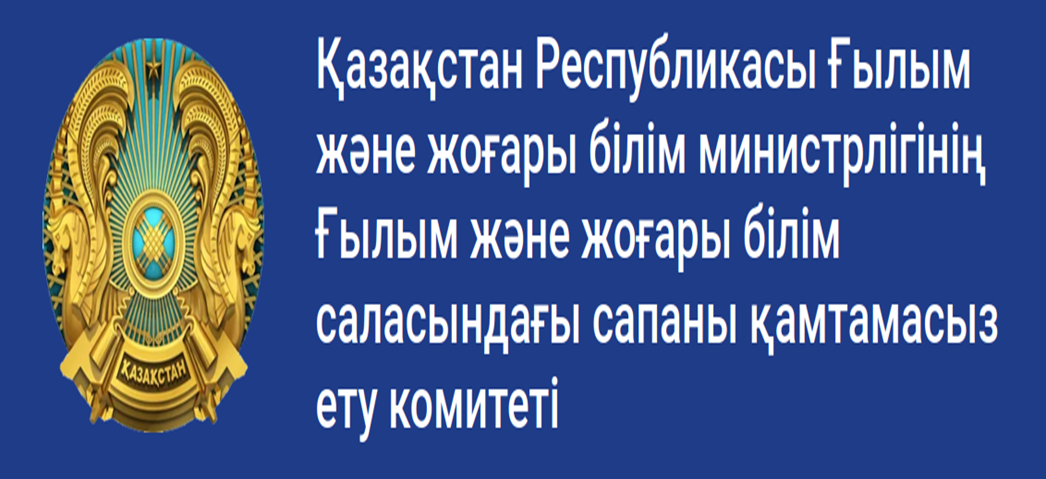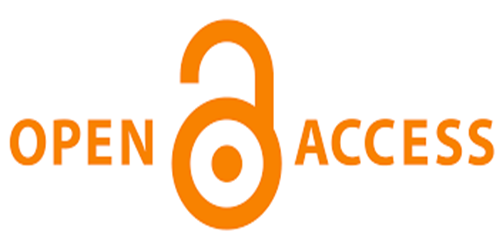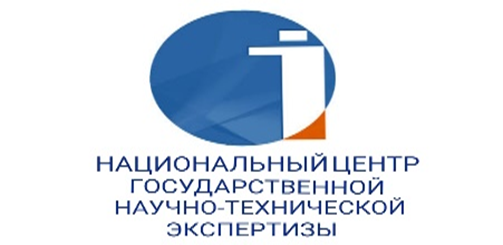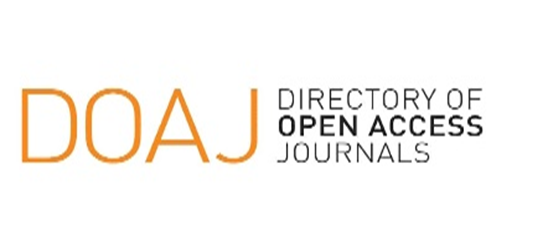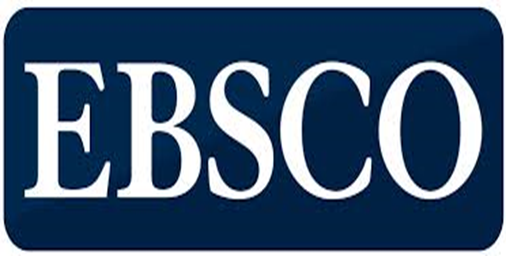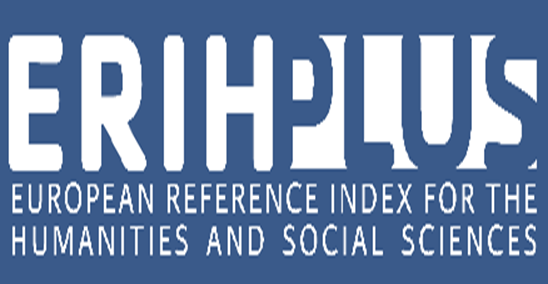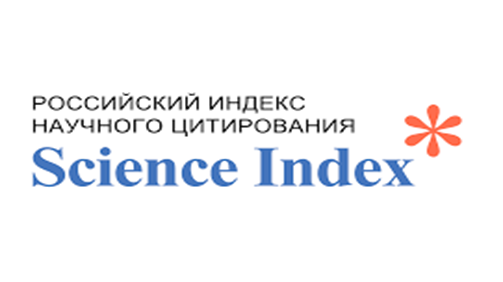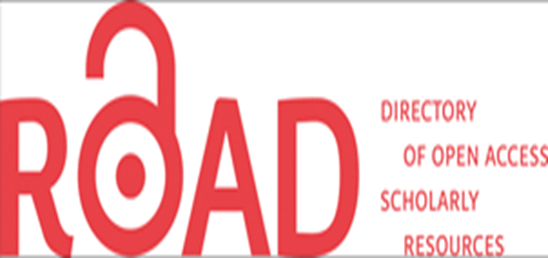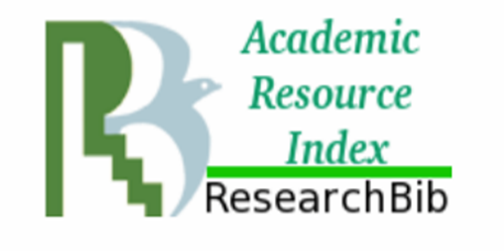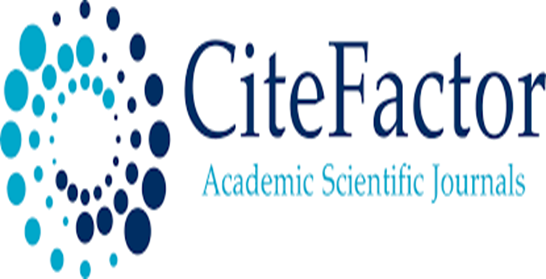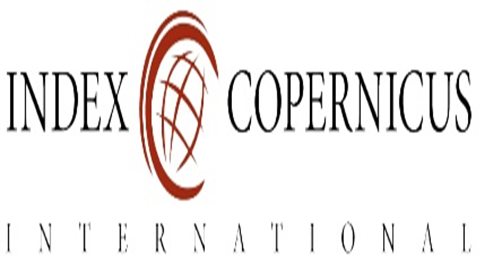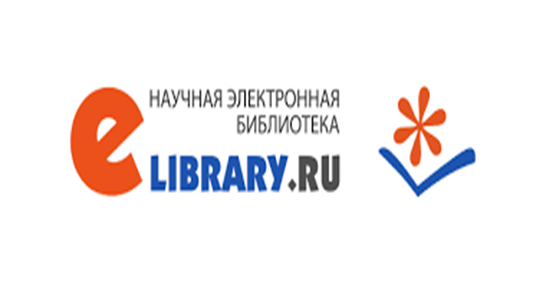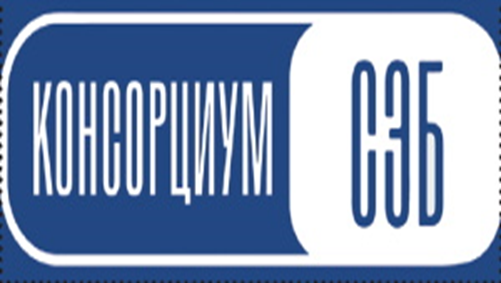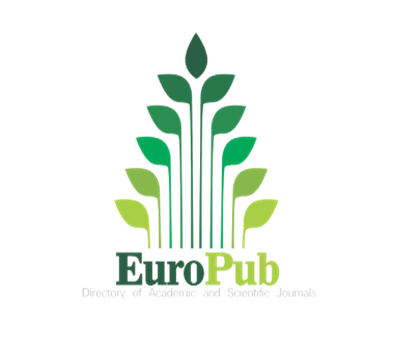Язык телеутов: артикуляторные паттерны среднеязычных согласных
Қаралымдар: 173 / PDF жүктеулері: 137
DOI:
https://doi.org/10.32523/tsj.01-2019/4-4Кілт сөздер:
тюркские языки Южной Сибири; язык телеутов; артикуляционно- акустическая база; экспериментальная фонетика; магнитно-резонансная томографияАннотация
Статья посвящена анализу артикуляционных параметров среднеязыковых согласных языка телеутов - одного из тюркских этносов Южной Сибири. Целью исследования является описание произношения согласных и выявление специфичности артикуляционно-акустической базы (ААБ) телеутов на фоне ААБ носителя территориальных субдиалектов Алтай-Кижского диалекта (Онгудай, Шебалин и Усть-Кан), а также языка теленгитов. Объективные инструментальные соматические данные были получены методом магнитно-резонансной томографии. Сравнение параметров произношения идиом, генетически связанных и типологически близких, указывает как на общность ААБ носителей языка, так и на их значительные различия. В отличие от теленгитов, Усть-Кан и Шебалин, которые обычно смещают препятствия вперед или назад. С другой стороны, указывает на сходство ААБ между телеутами и теленгитами, проявляющееся в высоком напряжении вокального аппарата, полной лабиализации и отсутствии назализации. В этой связи, представленный экспериментально-фонетический материал в сочетании с историко-лингвистическими данными может быть использован для реконструкции истории языков и этносов.

